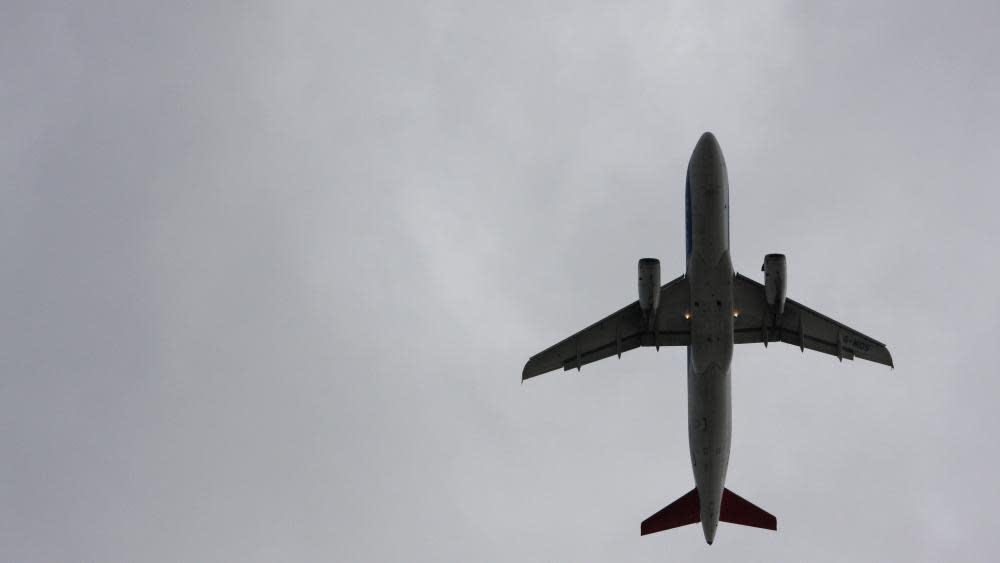What is flight turbulence and why does it happen?

One person has died and several have been injured after severe turbulence on a London to Singapore flight.
The aeroplane suffered a sudden drop which launched people and objects across the cabin. It made an emergency landing in Bangkok, Thailand.
What is turbulence and what causes it?
Frequent flyers will be familiar with the sudden jolting that can happen when an aircraft gets into turbulence. It can move the plane and cause sudden changes in height.
Most turbulence occurs in cloud where you’ve got up- and downdrafts of wind, says BBC Weather's Simon King, a former RAF officer.
Much of that will be fairly mild - but when you get big clouds such as the cumulonimbus thunderstorm cloud, you can get moderate or even severe turbulence.
There’s another type of turbulence called “clear air" turbulence - and that’s where you can’t see it, as it’s cloudless. This is much more problematic as it's very difficult to detect.
This type of turbulence happens around the jet stream, which is a really fast flowing river of air that's typically found at 40,000-60,000ft up, aviation expert and qualified commercial pilot Guy Gratton says.
You can easily have 100mph speed difference between the air in the jet stream and the surrounding air, he says. The friction around the jet stream between the slower and faster air causes turbulence. This is always there and it moves, making it difficult to avoid.
If you are flying from Europe to North America, for example, it's hard to completely avoid it, Mr Gratton says, and this can result in periods of severe turbulence.
How dangerous is turbulence?
Aircrafts are designed to take the worst that turbulence can throw at them, says Mr Gratton, associate professor of aviation and the environment at Cranfield University.
It’s "unlikely" turbulence will ever destroy an aircraft, he adds.
Nonetheless, it doesn't do an aircraft any good, which is why pilots try to avoid it or slow turn - and turn the seatbelt sign on.
It can be dangerous to people when severe because of the violent motion it can cause, which can throw anyone who is not wearing a seatbelt across the cabin.
Aviation safety experts say deaths and injuries resulting from turbulence remain rare.
John Strickland, general aviation expert, says injuries from severe turbulence were "relatively rare" in the context of the millions of flights that are operated.
How do pilots handle turbulence?
Pilots will get specific aviation forecasts before they fly, which will include meteorological data.
They will be able to study this information when planning their routes.
This means they should be able to avoid isolated thunderstorms, for example. But "clear air" turbulence is a little more tricky to avoid.
Other aircraft ahead of them on the same routes will also report any turbulence, Mr Gratton says.
Pilots will try to avoid these areas, or slow the plane down to lessen its impact.
Crews are also trained in how to respond to turbulence.
What can passengers do to stay safe?
For passengers, the advice is to stay strapped in and don't have any heavy objects out.
Pilots advise passengers to be strapped in at all times, precisely because turbulence can be unpredictable.

